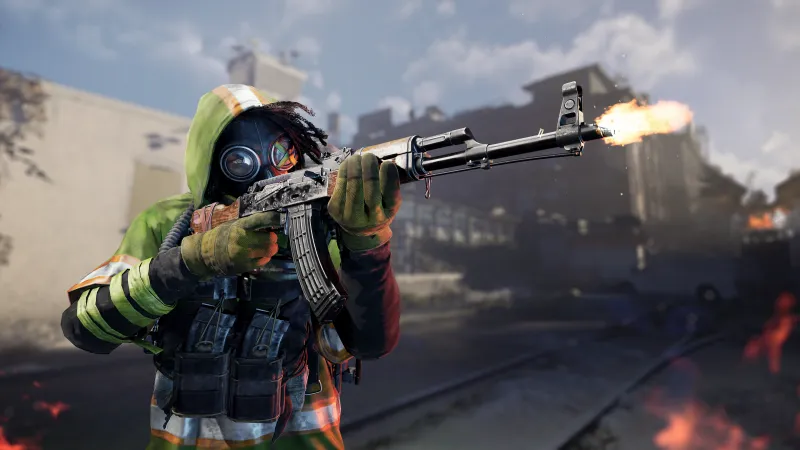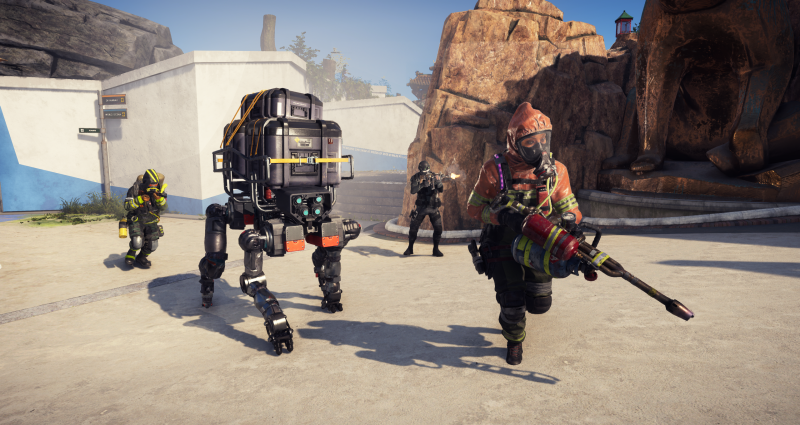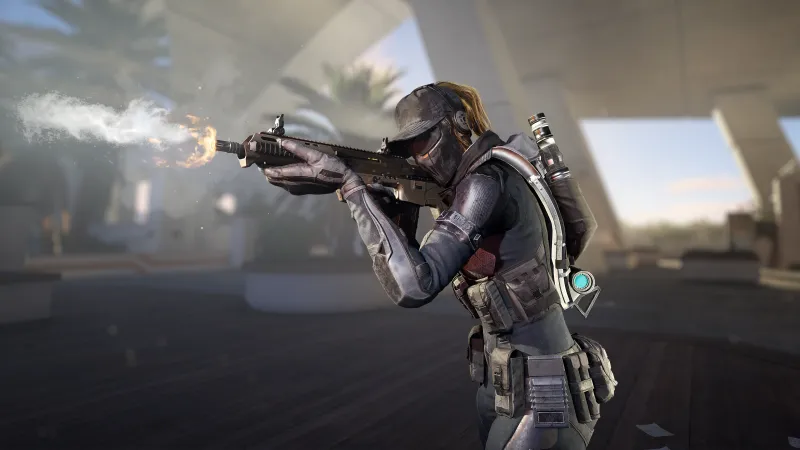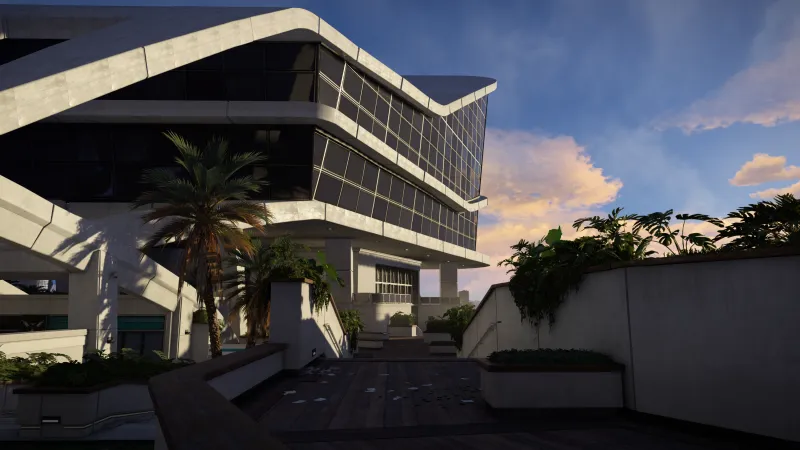
Platform:
PlayStation 5, Xbox Series X/S, PlayStation 4, Xbox One, PC
Publisher:
Ubisoft
Developer:
Ubisoft San Francisco
Release:
In a landscape where many major shooters have adopted the free-to-play model, it’s extremely hard for a new IP to enter the ring. Titans like Fortnite and Apex Legends don’t just have large, dedicated audiences—their respective development teams have spent years refining gameplay in response to player feedback. Competing in the space is an incredibly intimidating task, but amazingly, after playing two hours of Ubisoft’s XDefiant, I’m optimistic that it might have what it takes.
XDefiant is a first-person shooter that puts players in the shoes of gunmen from Ubisoft’s flagship franchises, like Far Cry and Splinter Cell. If you’re skeptical, I don’t blame you—I was, too. I hadn’t played every franchise in this crossover, and even if I had, the most important part of a shooter is how it feels. Now that I’ve played it myself, I can confidently say that it feels fantastic.

While it’s not an exact one-to-one, the closest-feeling game I can compare it to is Call of Duty. Kills are quick, and combat emphasizes your positioning, rather than your movement abilities: reaction time is key. Respawns are nearly instantaneous, so even when you get knocked out of the fight, you can jump right back in, hungry for revenge.
Comparisons to Call of Duty end once you bring factions into the conversation. You’ll start every match in XDefiant by choosing who you want to play as: Echelon (Splinter Cell), Libertad (Far Cry 6), Cleaners (The Division), Phantoms (Ghost Recon), or Dedsec (Watch Dogs). These factions act as character classes you select at the start of your matches, and there are no limitations on how many of each faction can exist on each team, but most teams tend to have a healthy mix. Weapon load-outs are entirely separate choices, so you can play as whichever character with any weapons you prefer. You can even change factions mid-game.

Mechanically, each faction facilitates a different type of player. For example, I spent most games playing as an agent of Echelon, the government agency from the Splinter Cell series. I picked them first because I liked the aesthetic, but quickly found their toolset complimented my play style. Since they’re a covert intelligence agency, Echelon agents have a passive ability that keeps them off enemy minimaps and activated abilities that allow them to either turn invisible or ping enemies through walls. Since I typically like to flank the enemy team with a shotgun to catch them by surprise, these abilities were immensely helpful. Using invisibility to ambush or escape foes is extremely satisfying, but a limited window of use and a 30-second cooldown timer keeps it balanced.
If you prefer to charge your enemies head-on, Libertad freedom fighters can heal allies and extend their own health pool. If you want to play defensively, Phantoms conjure forcefields and bash enemies with a riot shield. And if you want to control an area with fire and shoot incendiary rounds, Cleaners are for you. Personally, I didn’t vibe with the other factions as much as I did with Echelon, but I was killed by players of all factions at a relatively even rate, so I think it has more to do with personal preference than class design. I also wasn’t able to play as Dedsec during this preview, but they’ll be available during the upcoming closed beta.

Matches take place at one of 14 locations from the games’ histories, like Ghost Recon’s Attica Heights or Watch Dogs 2’s Nudleplex. As far as I could tell, there isn’t any in-world explanation of this, and I’d even argue there shouldn’t be: it’s a sort of silly crossover meant to celebrate Ubisoft’s games library. While I’m sure I’ll pick out favorites as I spend more time with the game, map design is pretty solid across the board, though we were informed that they may be altered before launch.
We played five modes. Hot Shot, Domination, and Occupy were arena modes, taking place in traditional three-lane maps. Meanwhile, Escort and Zone Control are more linear modes, with maps that focus players onto a single, continuous path. My personal favorite was Hot Shot, a spin on Kill Confirmed where the player with the most points gets a boost to fire rate and movement speed, but is highlighted on enemy screens as the titular Hot Shot. It’s always frustrating to be stuck in a multiplayer lobby where one player is dominating all the others, and Hot Shot’s design seems to balance against that in an engaging way.
Whether or not XDefiant will make an impact at launch remains to be seen, but the tight arcade shooter at its core is an indicator of a promising future. Although I only played for a few hours, I’m officially hooked, and I can’t wait to go back for more.

















You must be logged in to post a comment Login